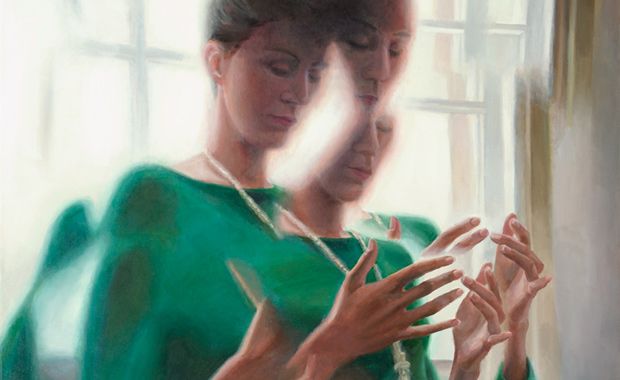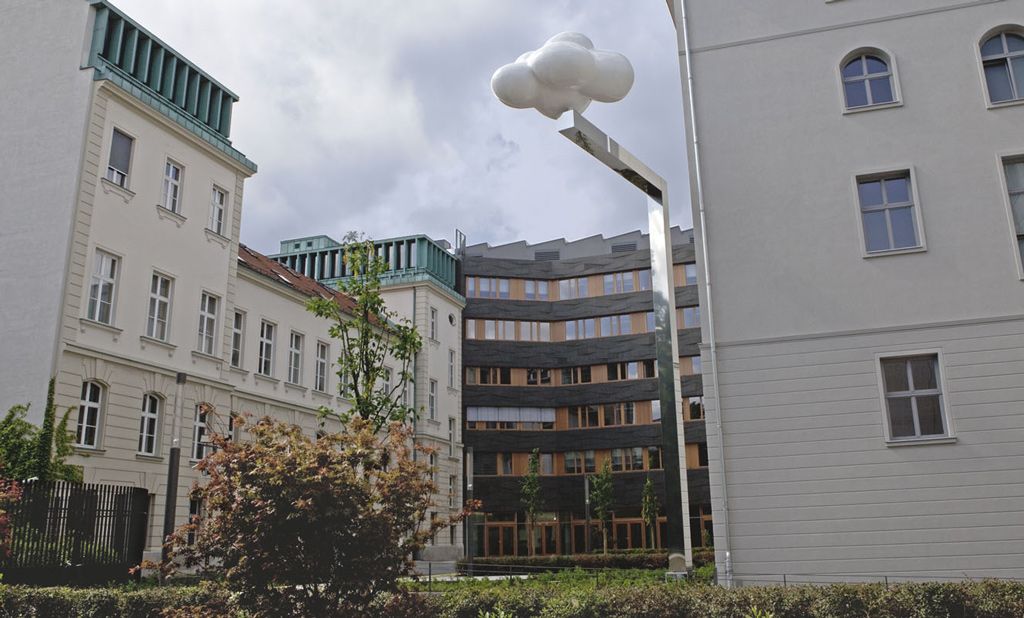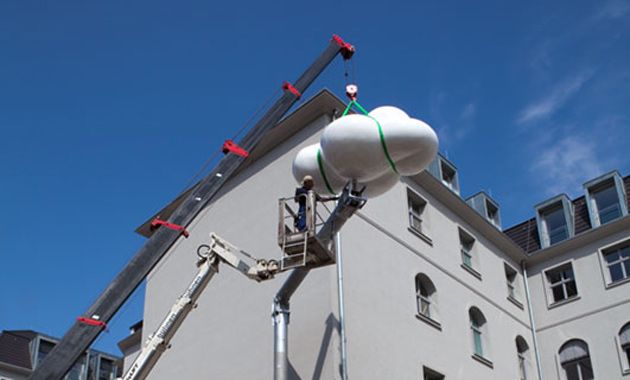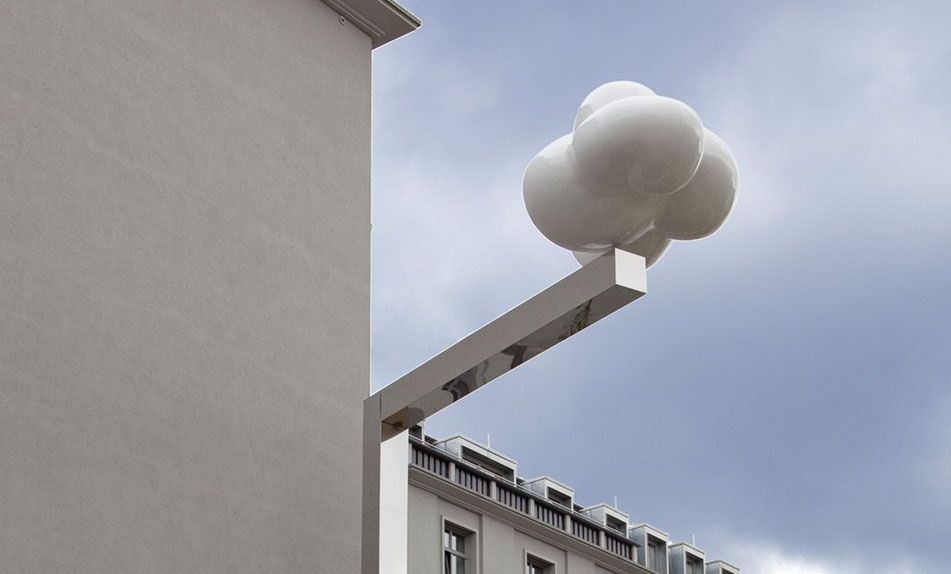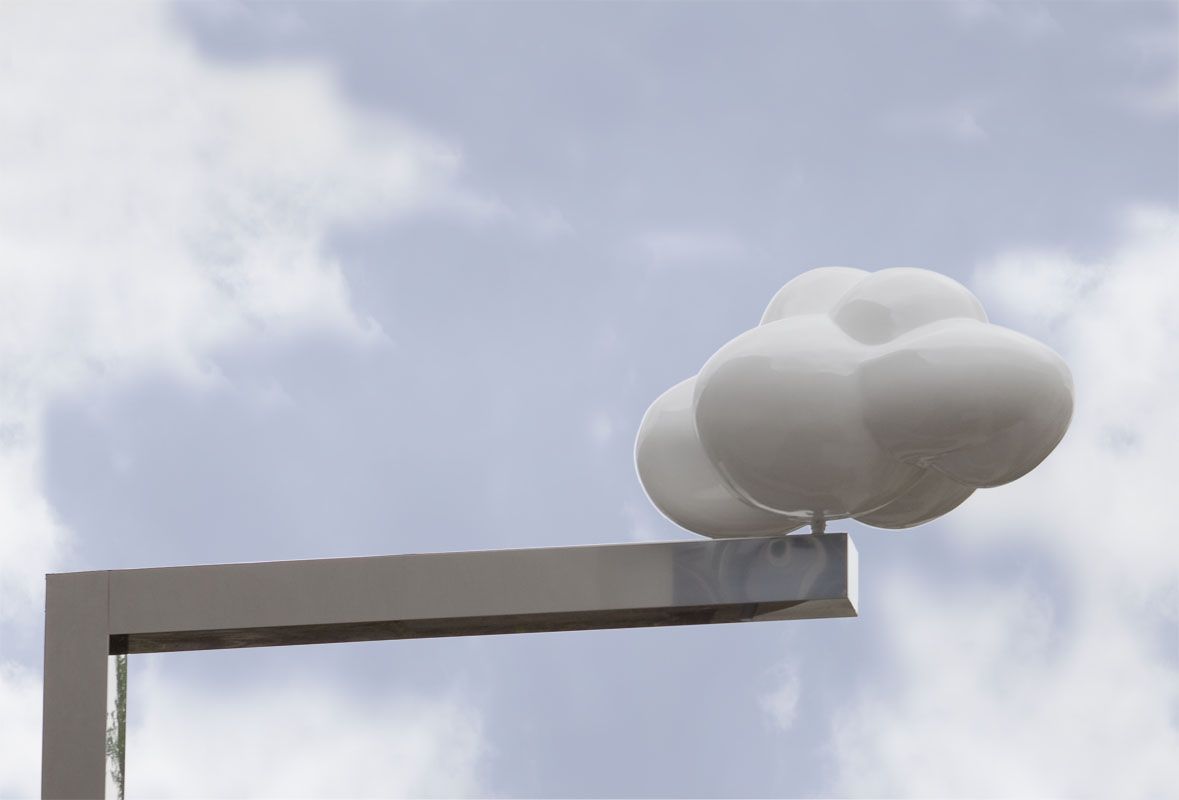MÄANDER, 2014
An art installation by Susanne Kessler for the Domino Stiftung in Dominohaus, Reutlingen
In an exceptional environment, the Domino Stiftung presents once a year: Art at Work. This modern office building with a glass atrium offers an adventurous location for temporary art installations. According to Domino Stiftung, here the relationships between architecture and the visual arts as well as the interplay between art, space and time are being experienced in daily life.
For the DominoArt 2014, the choice of the curators Ursula and Wolfgang Riehle fell on the German-Italian artist Susanne Kessler. The opening of her exhibition “Mäander” will take place on Sunday, June 6th, 2014 at 11 AM. Her installation in the Dominohaus Reutlingen will be shown until September 19, 2014.
The spatial collage, titled Mäander, combines several ideas that represent concurrent mental processes of the artist. The choice of materials was based on the symbolism of numbers. 13 iron rings, 8 fabric meshes, two 13 meter long plastic grids, 52 wire mats as well as 13 hand-made, large-scale mixed media nets hold the assembly of 260 asphalt drawings, more than 510 cut-out drawings on paper, 13 prints on transparencies, and 26 drawings. The reflection of the soil allows the object work as a multi-dimensional drawing as in a large sea border, slowly losing the lines.
As a constructed object, which refers to the connection to the living and in its entirety on a giant organism, the work Mäander reflects this in its form, in detail, as well as in whole. The meander is used since the Neolithic as the orthogonal ornament and stands in the ancient Greek as a symbol for the attainment of eternity and the reproduction of life. Continually something old dies, while something new developes. Here is also an allusion to the ancient and ever lasting young god Eros and the ever-renewing energy of the cosmos.
Similar to the music vibration and resonance provide to the image its own pulsation. Transparency as color attributes as well as deep effect and vibration capability allow temporal processes, which often run in parallel, and can be experienced by the viewer. Noteworthy in Kessler’s work are graphic characters that are characterized by black painted, roughly paved lines. They have a destructive energy potential and are used to represent the “fallen out of order”.
Juxtaposed are finely crafted drawings and cut-outs that laud nature in its most delicate ramifications. Normal and disturbing cases are visible in the comprehensive installation, and are supplemented by “flowing elements.” In addition to the organic processes, also from nature known chaotic behavior, when something is no longer vibrant or connected or the connection is missed and goes into nowhere, is addressed in Kessler’s work. A ring of culturally determined dystopias and harmonization through nature. Kessler’s work of art is understood as a complex reflection of created structures by human and nature and places art as well as its spiritual freedom and great creativity in the center of the consideration.
more infos about the artist
www.susannekessler.de
Dominohaus, Am Echazufer 24, Reutlingen, www.dominostiftung.de




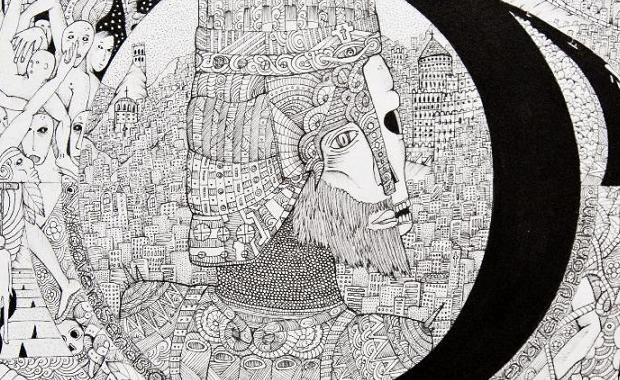
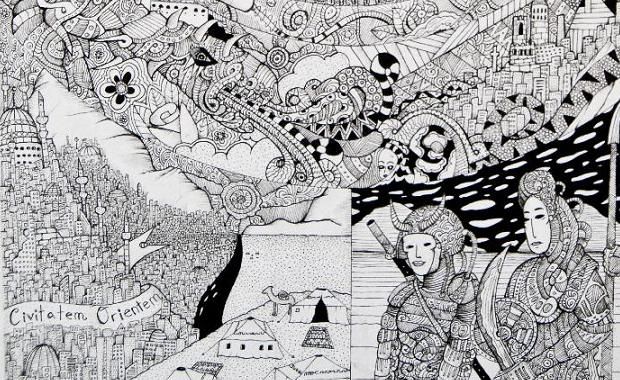
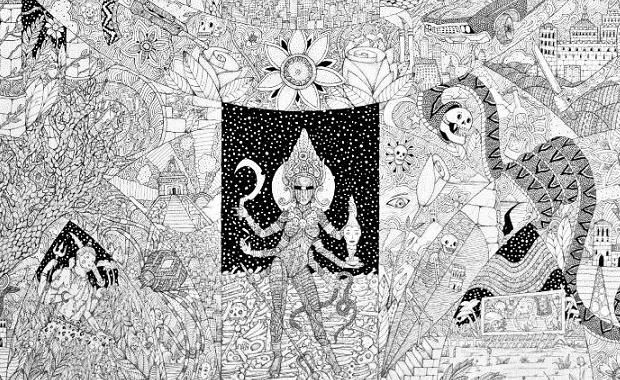
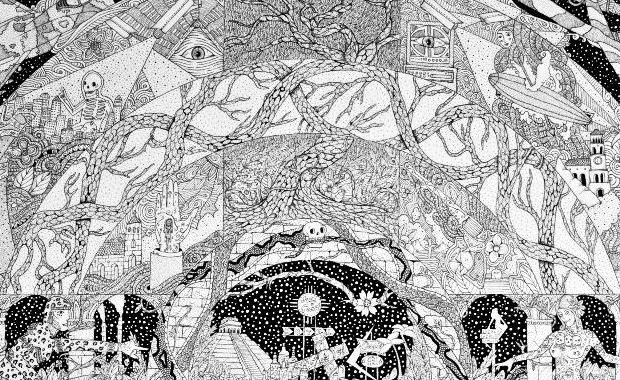
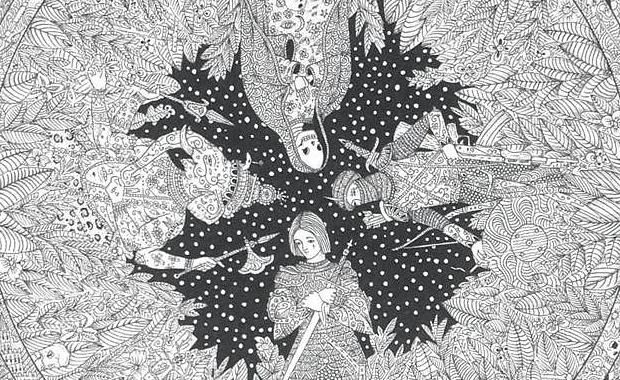
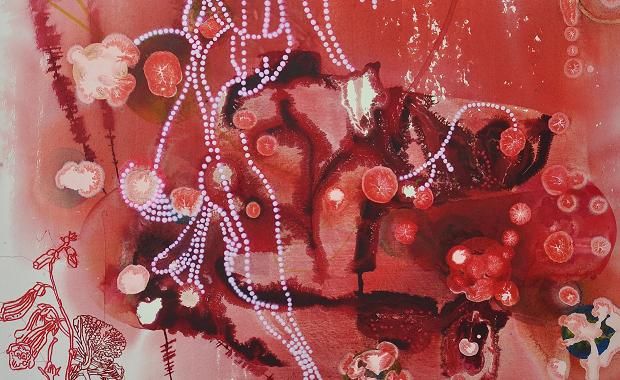
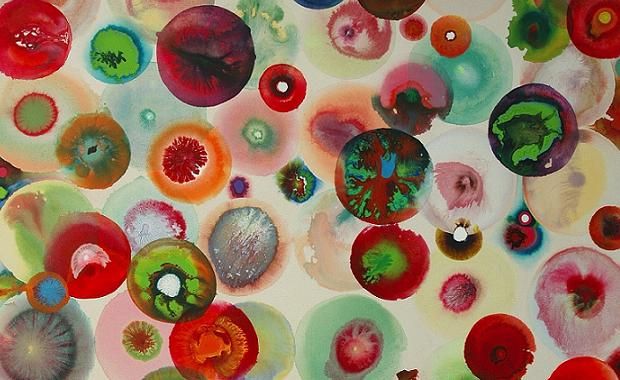
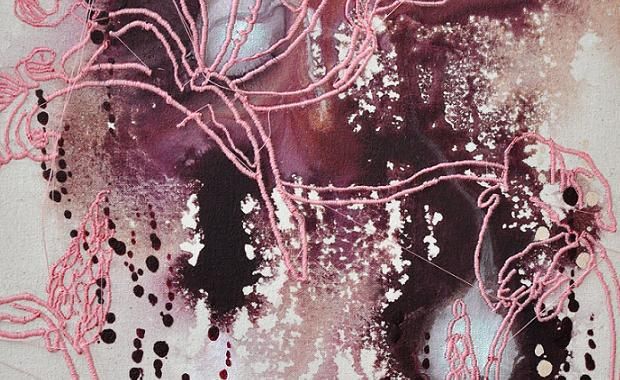
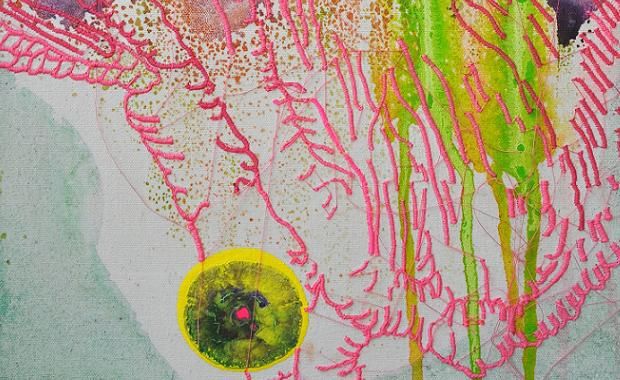
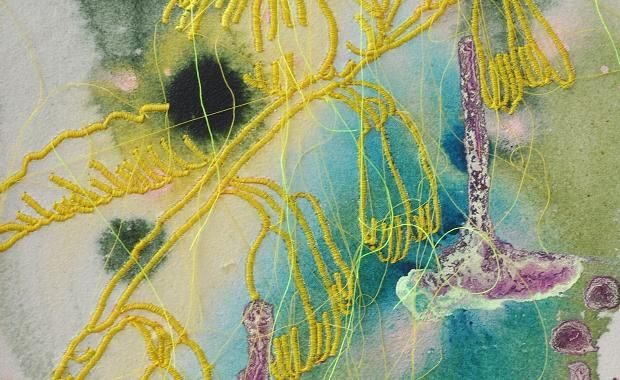
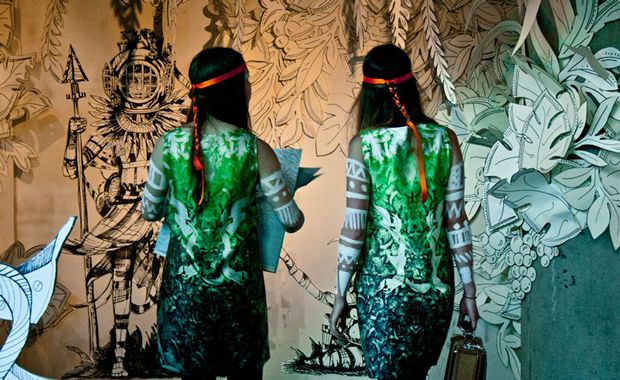
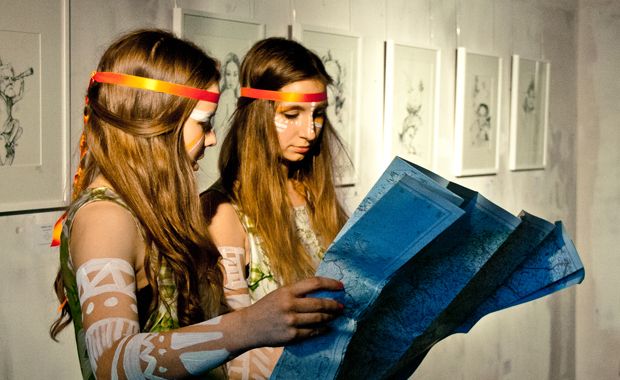
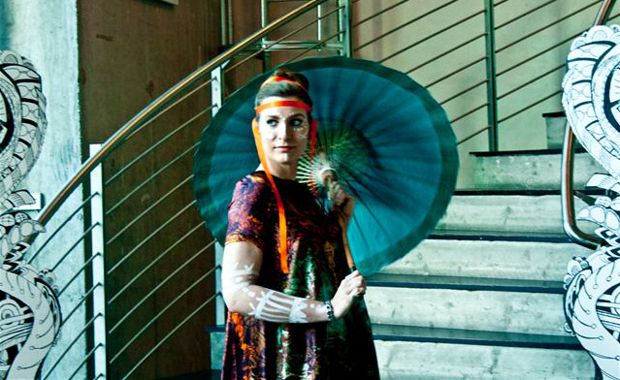
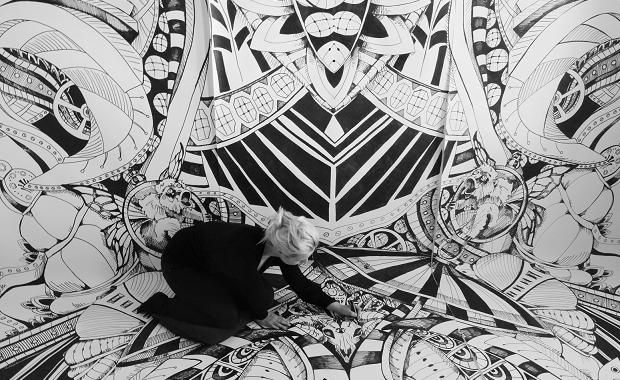
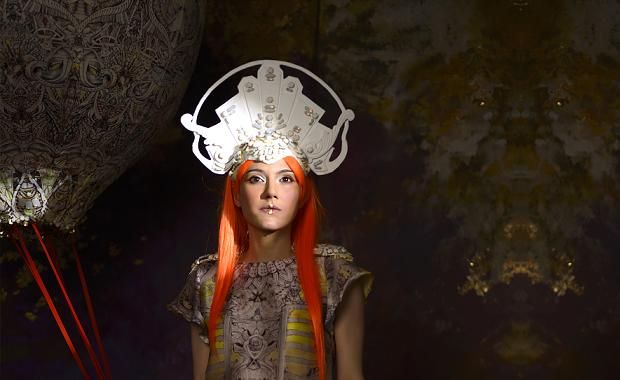
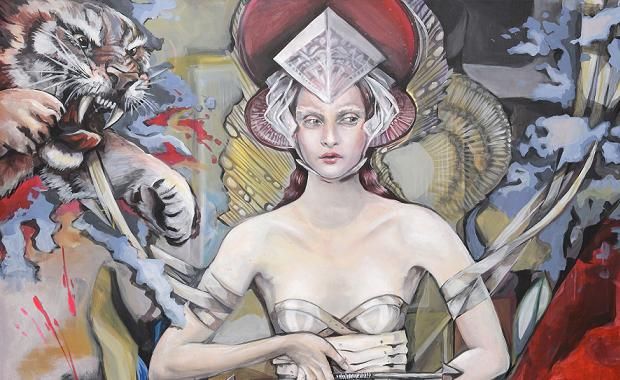
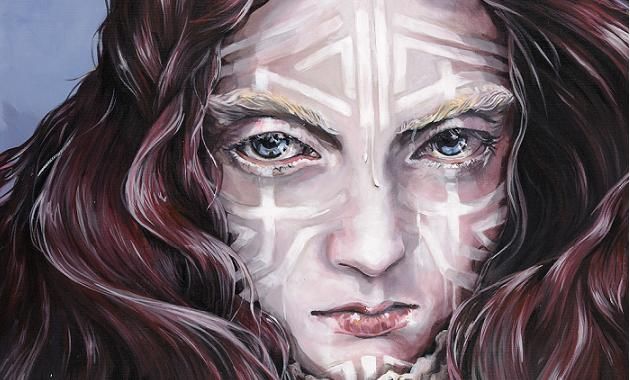
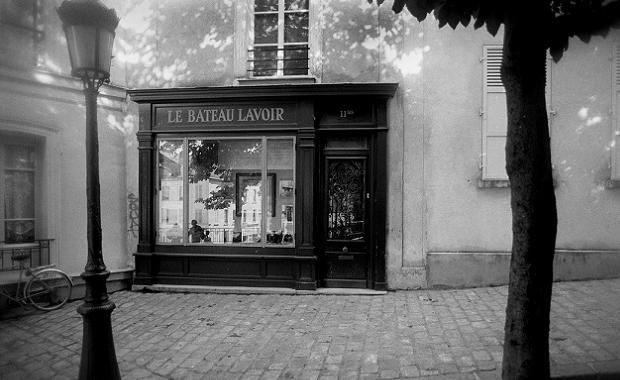
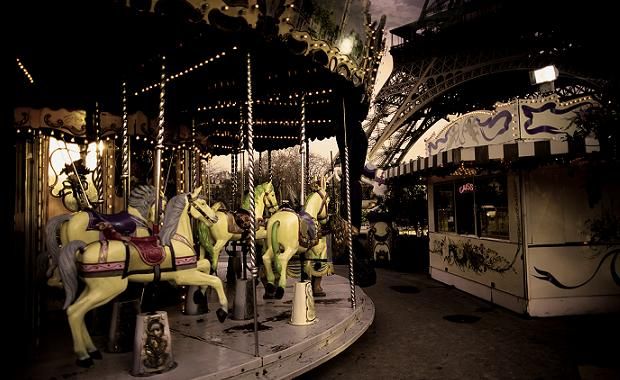
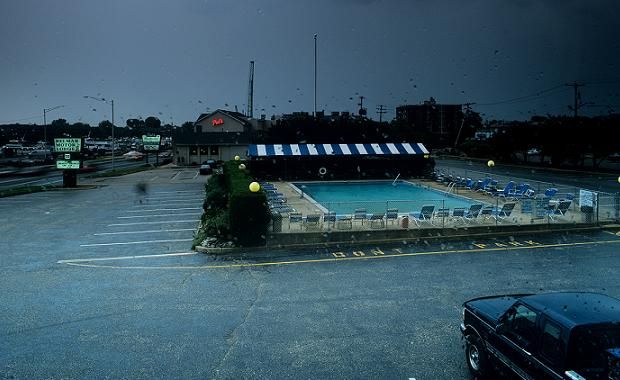
![Greg Murr - GRAVITATIONAL LENS [STUDY NO. 21], 2014](http://www.whiteconcepts.de/management/wp-content/uploads/2014/03/Lens-detail_web.jpg)
